On the 50th anniversary of its founding, Il Ponte Auction House presents a valuable historical document of the Italian Renaissance: the Santini Codex. The 15th-century Urbino manuscript, which became cultural heritage by the Italian state in 2012, will be auctioned in the February 27, 2024 Antique and Artist’ s Books auction at Palazzo Crivelli in Milan. Masterfully illustrated and compiled at the court of the Montefeltro and Della Rovere families, with the aim of glorifying their hegemony in matters of civil and military machinery, it has come to the present day preserved in exceptional condition in the rare and elegant coeval binding. Belonging with certainty to the Ducal Library of Urbino, the Santini Codex is the only one among the Urbino manuscripts that was not included in the Vatican Library in 1657, but remained in the territory in which it originated. The sale of the Santini Codex starts with an estimate of €380,000 to €450,000 and is a unique event that Il Ponte Casa d’Aste will present to the public during the exhibition to be held February 23-25, 2024 in the Salone dei Cesari at Palazzo Crivelli.
The attribution of the Santini Codex remains uncertain, although it certainly falls within the circle of personalities close to the architect Francesco di Giorgio Martini (1439-1501). Scholar Gustina Scaglia considers it preparatory for the composition of the famous panels of the Fregio dell’Arte della Guerra( Frieze of the Art of War), made starting around 1475 for Duke Federico da Montefeltro (1422- 1482). A master recognized for his marked skill in the depiction of machines, Francesco di Giorgio was a pupil of Mariano di Jacopo known as the Taccola (c. 1381-1453), better known as theArchimedes of Siena, from whom he learned the art of engineering, a field then reserved for a very small niche of intellectuals and which led him to weave a close relationship with Leonardo da Vinci (1452-1519). The meeting between the two took place in about 1490 and was pivotal in the creation of the VitruvianMan made by Da Vinci in about 1490, and in many of the works related to civil and military machines that Leonardo would produce in later years. According to the opinion of other scholars, however, the manuscript was allegedly executed in about 1525-30 by Giovanni Battista Comandino, who copied it from Francesco di Giorgio Martini’sOpusculum de Architectura.
The Codex Santini entered the collection of the dukes of Urbino after 1498, as it is not recorded in the library’s first inventory, the so-called “Old Index” where two works by Francesco di Giorgio are recorded instead. The codex belonged with certainty to the library of the Montefeltro and Della Rovere families, as it appears in the last inventory compiled by Francesco Scudacchi in 1632. Preserved in excellent condition for more than five centuries, this find has attracted the interest of numerous scholars, all of whom agree in counting it among the earliest evidence of the revival of a scientific approach to the study of engineering and mechanics.
The document, made on parchment, has a well-polished surface with obvious color differences between the flesh and hair sides, with dimensions of 211x151mm. It consists of 136 pages decorated with drawings depicting mainly machines for civilian use, with a few exceptions of war machines.
“Codex of considerable interest, presenting obvious connections with the Ms. Lat. Urb. 1397 (v.I.g.6) preserved in the Vatican Library”: this is how scholar Paolo Galluzzi described it in 1991. "The Codex Santini consists of a remarkable section of copies from Francesco di Giorgio’sOpusculum de Architectura, with some omissions (the plans of the fortresses are missing, for example) and some additions. Notable among the additions are the last 15 papers, which reproduce some of the subjects carved in the panels of the Ducal Palace of Urbino [...] The anonymous author probably drew inspiration from the bas-reliefs of the architectural frieze, or from a lost codex that contained preparatory drawings by Francesco and/or his Urbino assistants. As for dating, it is conceivable that the manuscript was composed around 1500."
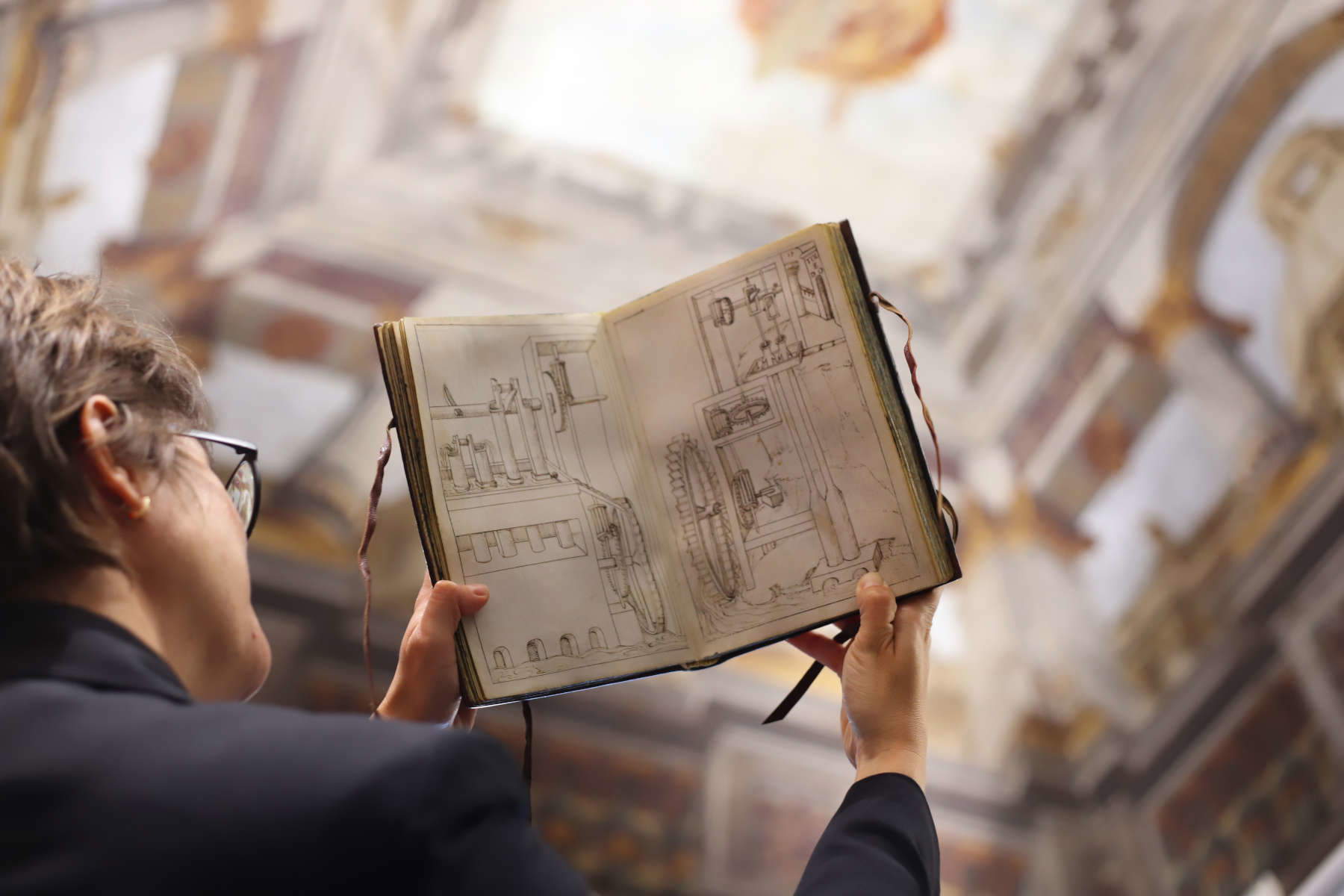
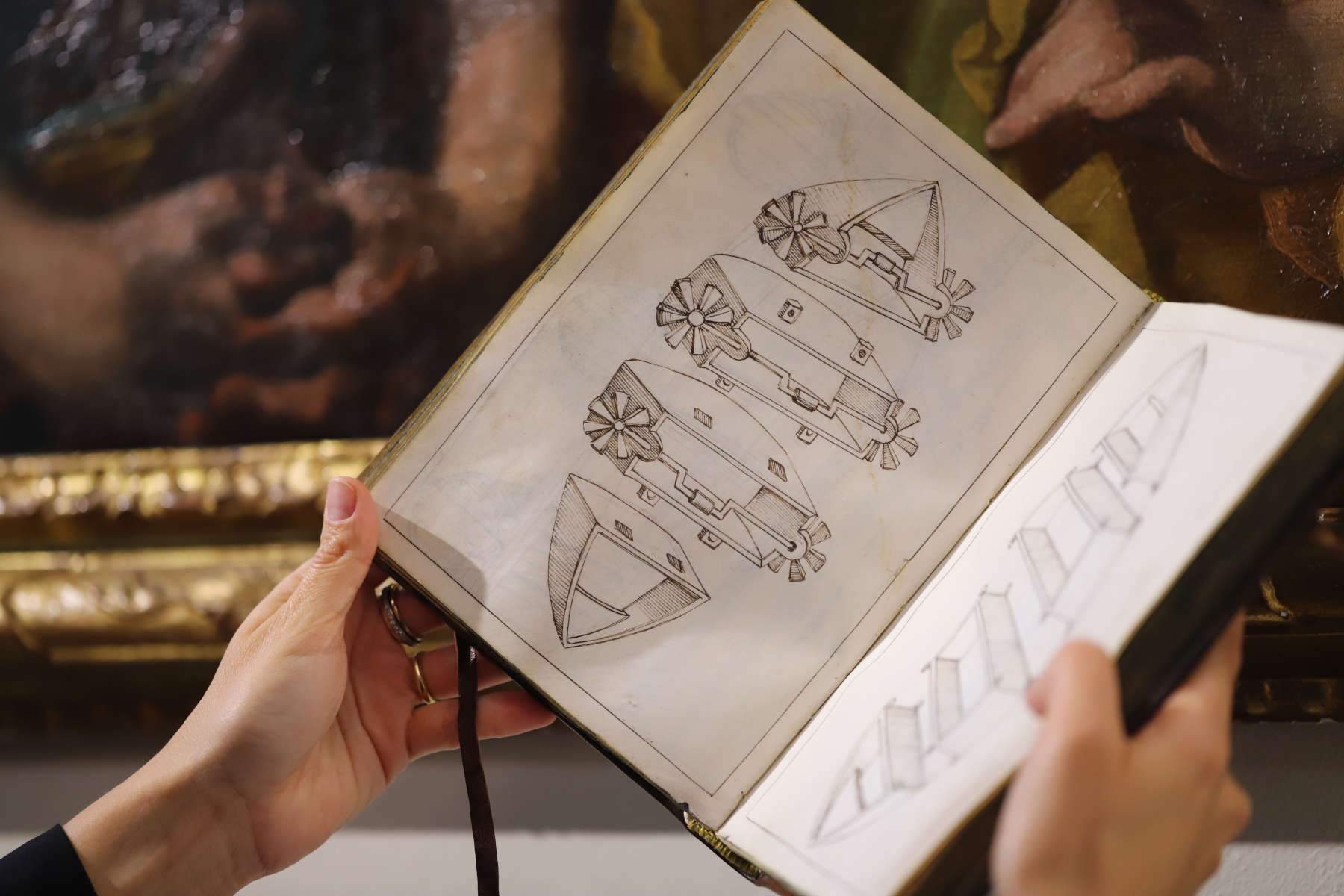
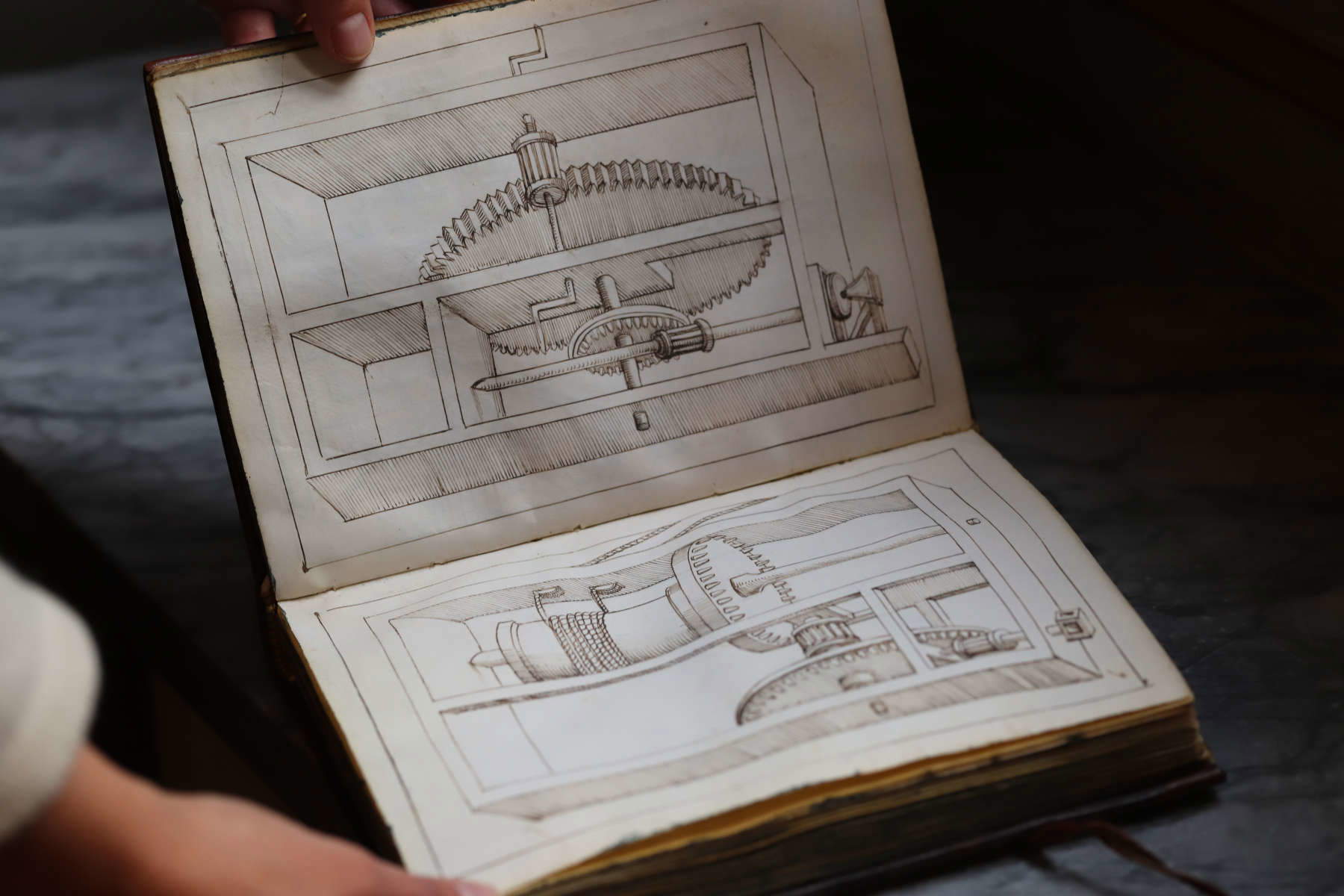
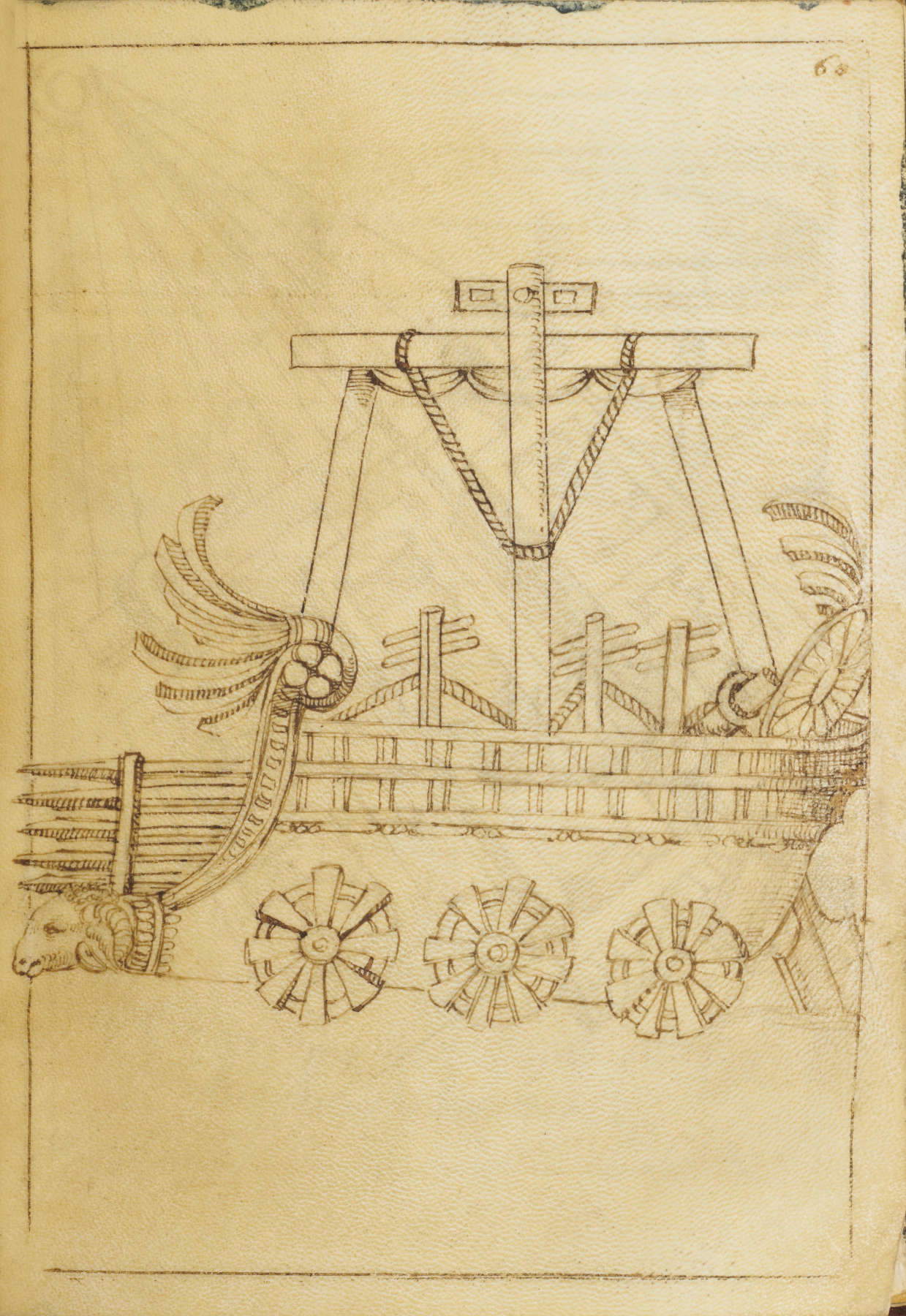
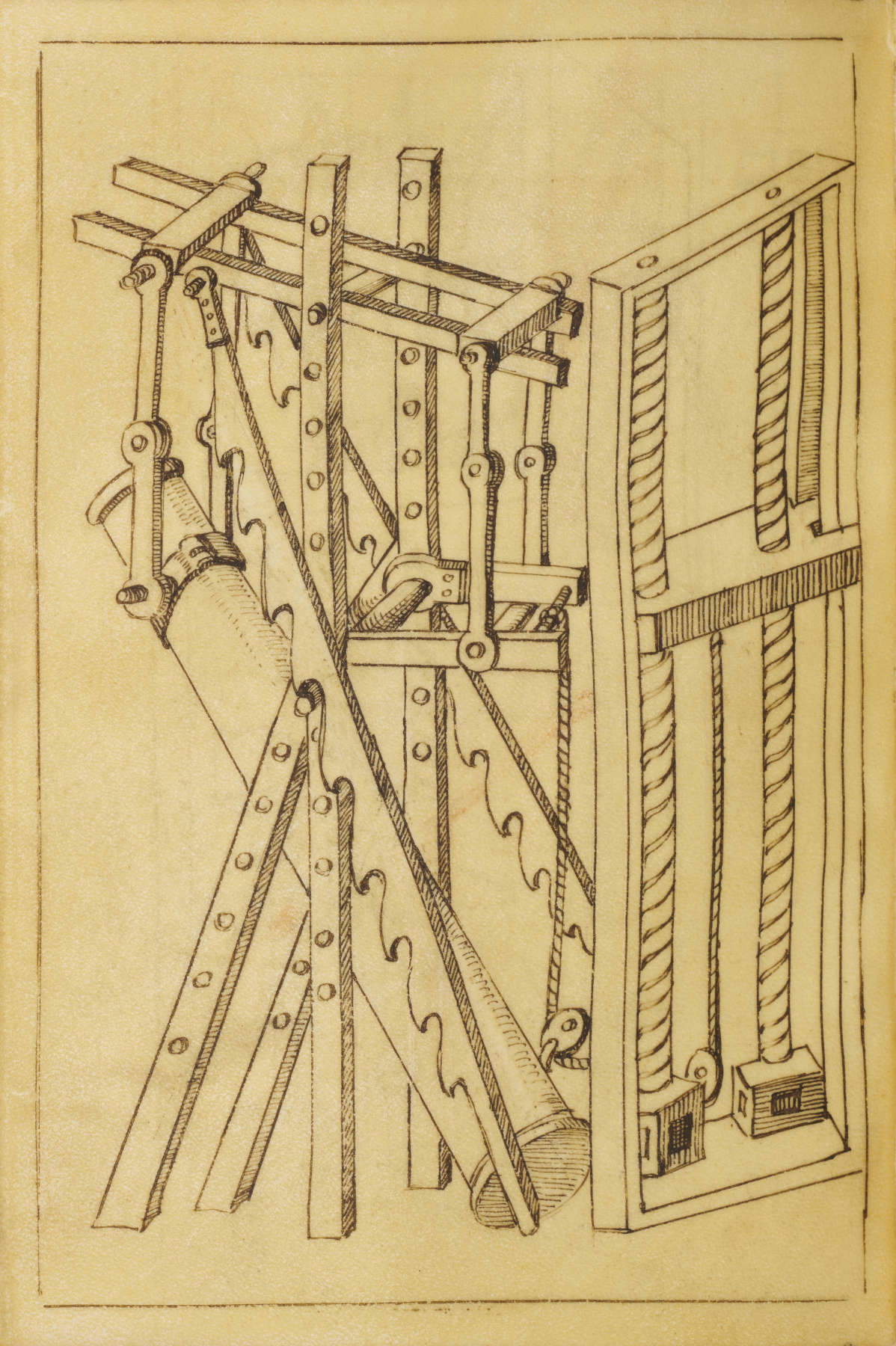
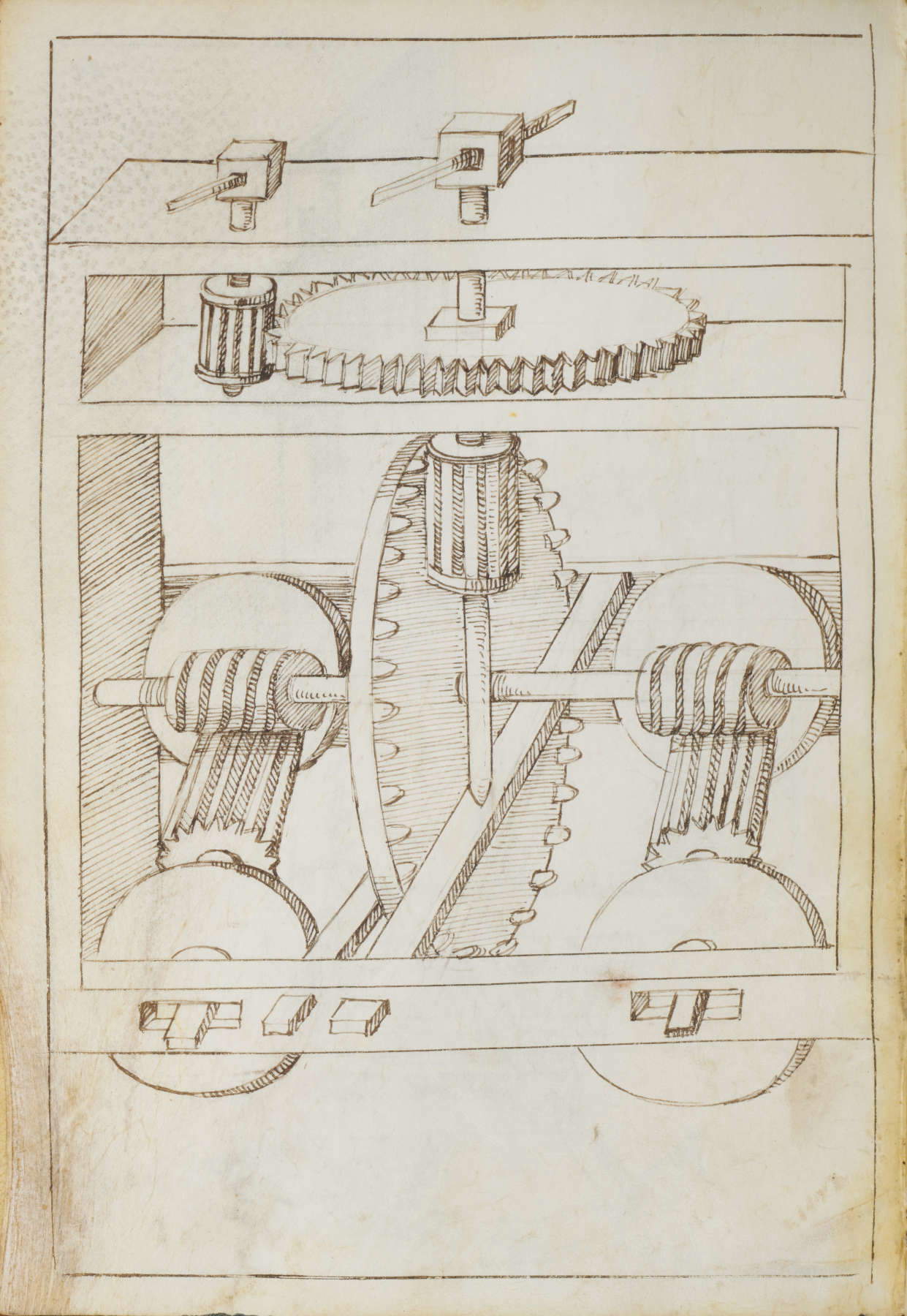
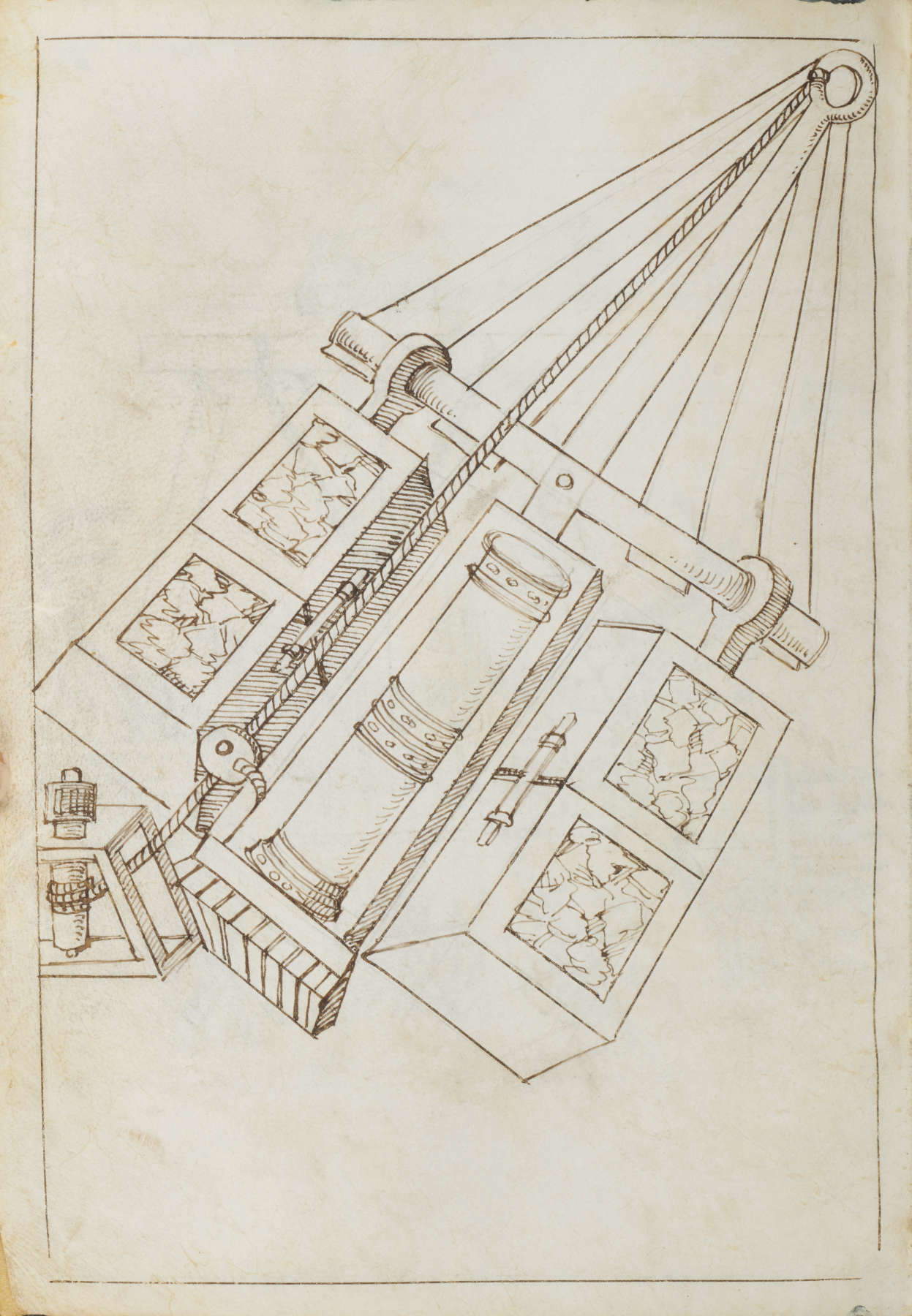
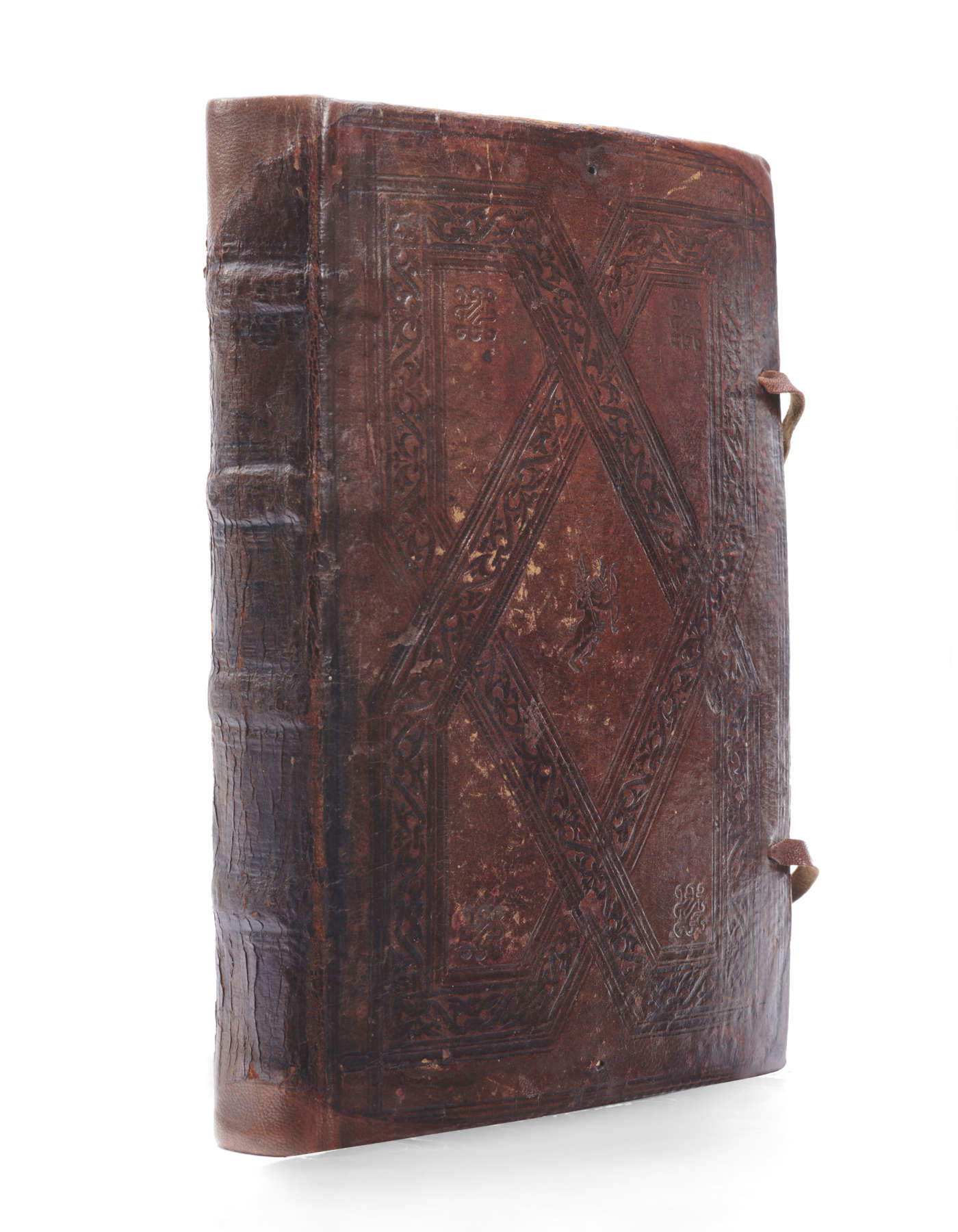
 |
| The Santini Codex, a treasure of the Urbino Renaissance, will be auctioned off |
Warning: the translation into English of the original Italian article was created using automatic tools. We undertake to review all articles, but we do not guarantee the total absence of inaccuracies in the translation due to the program. You can find the original by clicking on the ITA button. If you find any mistake,please contact us.